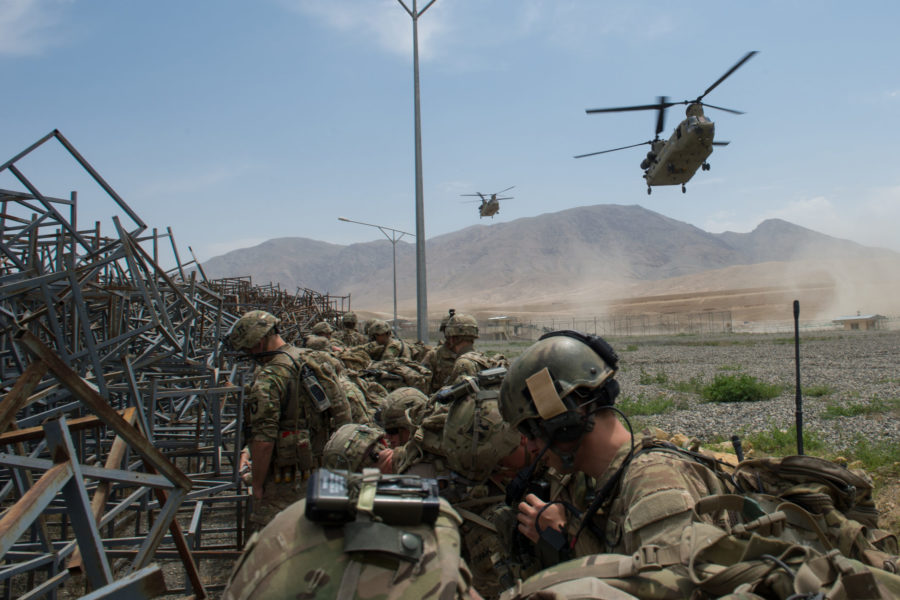Air Force Special Operations Command has gone through two major changes throughout its history brought on by real-world incidents, and the command’s boss told lawmakers on April 28 that it is now undergoing its third.
The first came in 1980 following the failed Operation Eagle Claw hostage rescue in Iran, a “national embarrassment” that prompted the command to overhaul how it approaches crisis response operations, AFSOC Commander Lt. Gen. James C. “Jim” Slife told the Senate Armed Services Committee’s Subcommittee on Emerging Threats and Capabilities. The second was Sept. 11, 2001, after which the command adopted for sustained counterterrorism operations.
Now, with the nation withdrawing from Afghanistan and less of a sustained focus on constant counter-violent extremism operations, AFSOC needs to go through another overhaul to be relevant in a potential conflict with a near-peer adversary, Slife said.
“The rise of belligerent peers and near-peers who threaten America’s interests at home and abroad and the reemergence of great power competition around the globe mean AFSOC must evolve once again,” Slife said in testimony. “We must transform ourselves from the AFSOC our nation has needed for the last 20 years into the AFSOC our nation will need in the future operating environment.”
To do this, AFSOC is focusing on developing its Airmen and training them for “full-spectrum operations.” The command wants to focus on diversity in its ranks to ensure it can recruit and retain a force that is representative of the nation.
AFSOC is “undergoing the most significant organization optimization in our 30-year history,” Slife said. This includes fielding four operational squadrons each for the air and ground missions, with the goal of a sustainable force generation and deployment process.
The command is also looking to modernize and sustain its fleet, through programs such as the proposed “armed overwatch” to replace its U-28 fleet. AFSOC and industry have improved the readiness of the CV-22 fleet through fixes to its structure and wiring, while also installing the Block 20 mission computer modification to improve the Osprey’s situational awareness. The command is updating its C-130 family of aircraft with new airborne mission networking on MC-130s and precision strike package upgrades on AC-130s.
Slife said the command’s relationship with allies and ongoing engagements with countries around the world is an asset the U.S. can rely on in possible future competition.
In 2020, AFSOC Airmen deployed to 62 nations for “engagements” with host militaries, while also flying through and/or landing in more than a dozen more. These agreements with “80-100” nations that U.S. special operations forces have can be “tremendous leverage” against the influence of countries such as Russia and China, Slife said.
“What I have found is that our Airmen aren’t motivated necessarily by killing and capturing terrorists. They’re motivated by relevance,” he said. “And so if the thing that makes them relevant to the nation is pursuing great power competition, you better believe they are all in on moving in that direction.”
